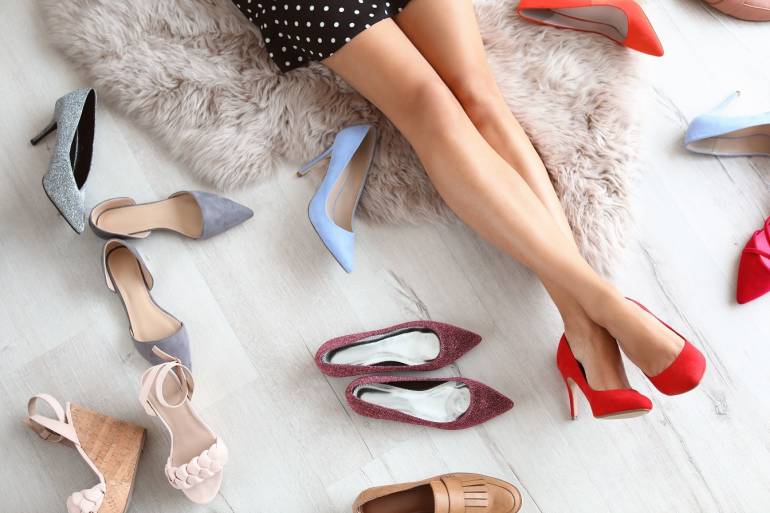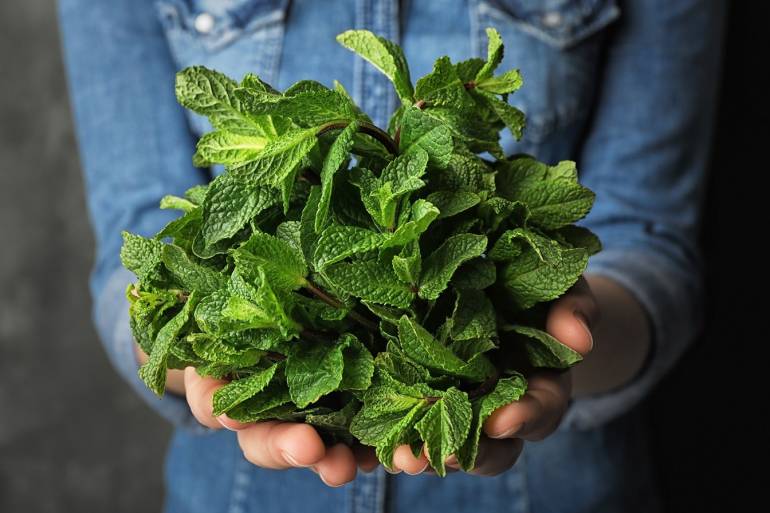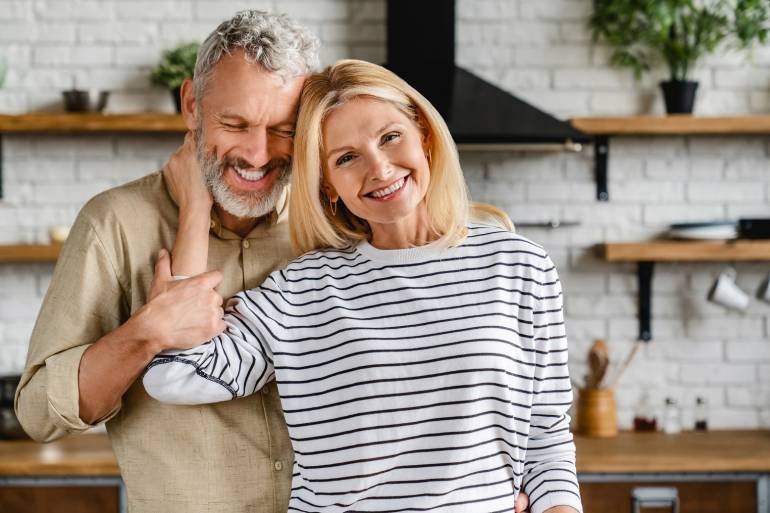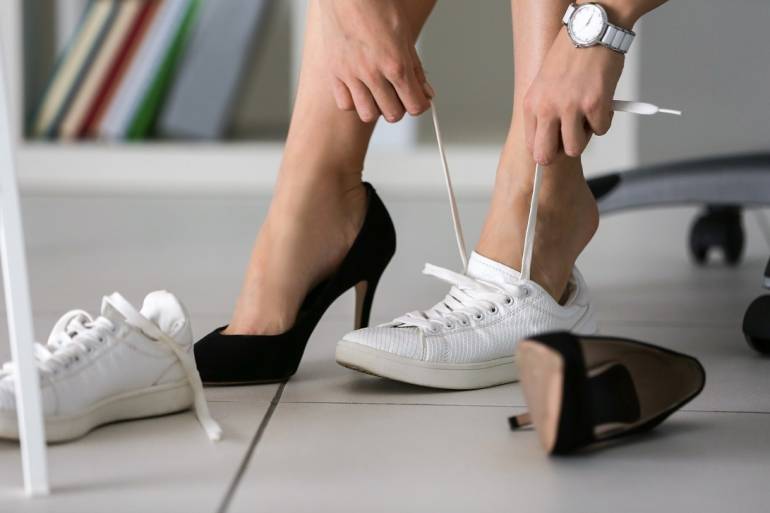Varicose veins of the lower limbs are not only an aesthetic problem, they are first and foremost a health hazard. Having a genetic inclination to the development of varicose veins, it is worth starting prevention even before the first symptoms appear in the form of spider veins on the legs and swelling. What do you need to know about varicose veins, what contributes to their formation? We suggest.
A feeling of heaviness in the legs, pain, itching, swelling, nighttime cramps in the calf muscles – these are symptoms of chronic venous insufficiency. It is a disease that develops slowly and gradually. Varicose veins of the lower limbs become visible in the form of thickened veins shining through the skin (or even protruding slightly), sometimes taking the form of knots.
As it turns out, varicose veins are one of the most common ailments among Poles. Their direct cause is blood stasis in the venous vessels of the lower extremities associated with valve insufficiency. Simply put: blood from the lower part of the body is not effectively pumped “up” to the heart, resulting in blood retention in the veins in the legs. The pooling of blood causes stretching of the vessels and seepage into the surrounding tissues. If this situation occurs regularly or persists for a long time, the symptoms of varicose veins begin to appear.
Fact 1: Varicose veins are hereditary
Each person’s genetic material records information about the structure of all our body structures, including blood vessels and valves. Whether our valves will be efficient and whether the walls of blood vessels tend to stretch largely depends on the set of genes we inherit. If we have a history of venous disease in our family, we are very likely to develop venous insufficiency as well. It is estimated that varicose veins will appear in about 30-50% of people if one of their parents had varicose veins. There is nothing we can do about this susceptibility to varicose veins, but with the knowledge that we are at increased risk, we can start prevention early.
Fact 2: Varicose veins occur primarily in women
According to estimates, the problem of lower limb varicose veins affects women as much as 5 times more often than men. This disproportion is due to hormonal differences in both sexes. Female progesterone widens the muscle fibers in the walls of blood vessels and promotes the accumulation of water in the body. Estrogen, on the other hand, increases blood clotting and also promotes water retention. In this way, progesterone and estrogens contribute to increased vein strain and swelling, which is a simple path to the development of varicose veins.
Fact 3: Working while standing increases the risk of developing varicose veins
Hairdresser, waiter, assembly line worker, massage therapist – these are just a few professions where long hours are spent standing. During prolonged standing, blood can stagnate in the veins. The muscle pump, which stimulates the veins and pumps blood to the heart, then does not work. People with this type of condition should break up prolonged periods of standing with short walks and prophylactically wear tights or tourniquets to stimulate blood flow in the lower extremities.
Fact 4: Diet affects varicose vein formation
To reduce the risk of varicose veins, it is worth eliminating saturated fats from your diet, and include in your diet fruits that are rich sources of flavonoids (such as raspberries, cherries, blueberries), which strengthen the structure of blood vessels and improve their elasticity. Oranges, grapefruit and tangerines have a similar effect. Herbal teas are also worth reaching for.
It is essential to give up stimulants. Nicotine contained in cigarettes causes damage to blood vessels, their calcification and narrowing, which is a simple path to blood clots. The effects of alcohol, on the other hand, cause vasodilation of blood vessels and change the viscosity of blood. Being in the risk group for the development of varicose veins, it is advisable to give up such products.
Fact 5: Wearing certain clothes promotes the development of varicose veins
It’s true. Stoppage of blood from the veins and swelling are promoted by: socks and knee socks with strong welts, tight underwear, very narrow pants. Being prone to varicose vein disease, it is better to wear loose clothing and reach for special compression tights or stockings. Footwear also matters. High-heeled shoes greatly increase the strain on the veins, while flat flip-flops and shoes with stiff soles force the feet and calves to work incorrectly (you have to support them with your toes). It is better to wear sandals with a heel lock or shoes with a small heel.
Fact 6: Pregnancy increases the risk of varicose veins
It is estimated that almost half of pregnant women face the problem of varicose veins, especially in subsequent pregnancies. Weakened vessels and valves, increased blood volume and major hormonal changes contribute to the development of varicose veins during pregnancy. After childbirth, some varicose veins become less visible, but they do not disappear and, under favorable conditions, develop more easily.
Fact 7: Physical activity is good varicose vein prevention
Exercise, especially those involving the legs (running, walking, swimming, aqua aerobics), causes muscles to contract and contract, which activates the muscle pump, facilitating blood flow to the heart. Regular exercise, even with a sedentary lifestyle, can prevent or significantly delay the development of venous disease.
Check out herbal remedies for varicose veins without a prescription: Rutoven gel, Esceven tablets and Esceven varicose vein gel.







